6-8-2024
8K views back, but 200 less than before. Strange. Semi-accurates archives appear to be back, after months of inaccessible articles: https://semiaccurate.com/2012/12/20/intel-explains-claremont-the-near-threshold-solar-pentium/
6-7-2024
8.2K views reset to 55 views. Backend server issues updating this page yesterday, now it seems that the pages views were reset too.
6-6-2024
This article by Tedium shows how much of an impact standards, namely the PCI slot (not to be confused with the later PCI-express) had in shaping the desktop market in the 1990s: https://tedium.co/2024/02/09/intel-pci-standardization-history/
"To put that all another way, VESA came up with a slightly faster bus standard for the next generation of graphics cards, one just fast enough to meet the needs of 486 users. Intel came up with an interface designed to reshape the next decade of computing, one that it would even let its competitors use. This bus would even allow people to upgrade their processor across generations without needing to upgrade their motherboard."
"The result was that, no matter how miffed the graphics folks were, Intel had consolidated power for itself by actually innovating and creating an open standard that would eventually win the next generation of computers. (It developed the standard, then gave away the patents. How nice of them.) Sure, Intel let other companies use the PCI standard, even companies like Apple that weren’t directly doing business with Intel on the CPU side of things at the time. But Intel, by pushing forth PCI, suddenly made itself relevant to the entire next generation of the computing industry in a way that ensured it would have a foothold in hardware, just as Microsoft dominated software. (Intel Inside was not limited to the processors, as it turned out.)"
6-1-2024
See my complementary project, the Hybrid Capacitor-powered Raspberry Pi Zero, which will be used to benchmark Li-Ion Capacitor charging times and "battery" life/UPS for low power single board computers that use application processors (Cortex A-35, ARM11, as opposed to microcontrollers): https://hackaday.io/project/196378-hybrid-capacitor-powered-raspberry-pi-zero
3-11-2024
See these two 2011 Liliputing and TechCrunch articles, which were partly the inspiration for this project:
https://liliputing.com/pixel-qi-suggests-low-power-tablets-could-be-powered-by-1w-solar-panels/
(6-3-11)
https://techcrunch.com/2011/06/04/first-solar-powered-laptop/ (6-4-11)
12-30-2023
New Name idea: Project Sorites? Or, Plato and the Sorites Paradox.
https://en.wikipedia.org/wiki/Sorites_paradox I've liked this term for building PCs, and my solar motherboard project, because, a lot of the abstract brainstorming in defining a standard, is very much dependent on vague, open source standards which may or may not need to be adopted. Thus, a Lego-like system with modular and interoperable parts, resembles the slow disappearance of a form factor/laptop as it is slowly disassembled and reassembled, each part like a grain of sand.
"A typical formulation involves a heap of sand, from which grains are removed individually. With the assumption that removing a single grain does not cause a heap to become a non-heap, the paradox is to consider what happens when the process is repeated enough times that only one grain remains: is it still a heap? If not, when did it change from a heap to a non-heap?[3]
Paradox of the heap
The word sorites (Greek: σωρείτης) derives from the Greek word for 'heap' (Greek: σωρός).[4] The paradox is so named because of its original characterization, attributed to Eubulides of Miletus.[5] The paradox is as follows: consider a heap of sand from which grains are removed individually. One might construct the argument, using premises...
Read more » Giovanni
Giovanni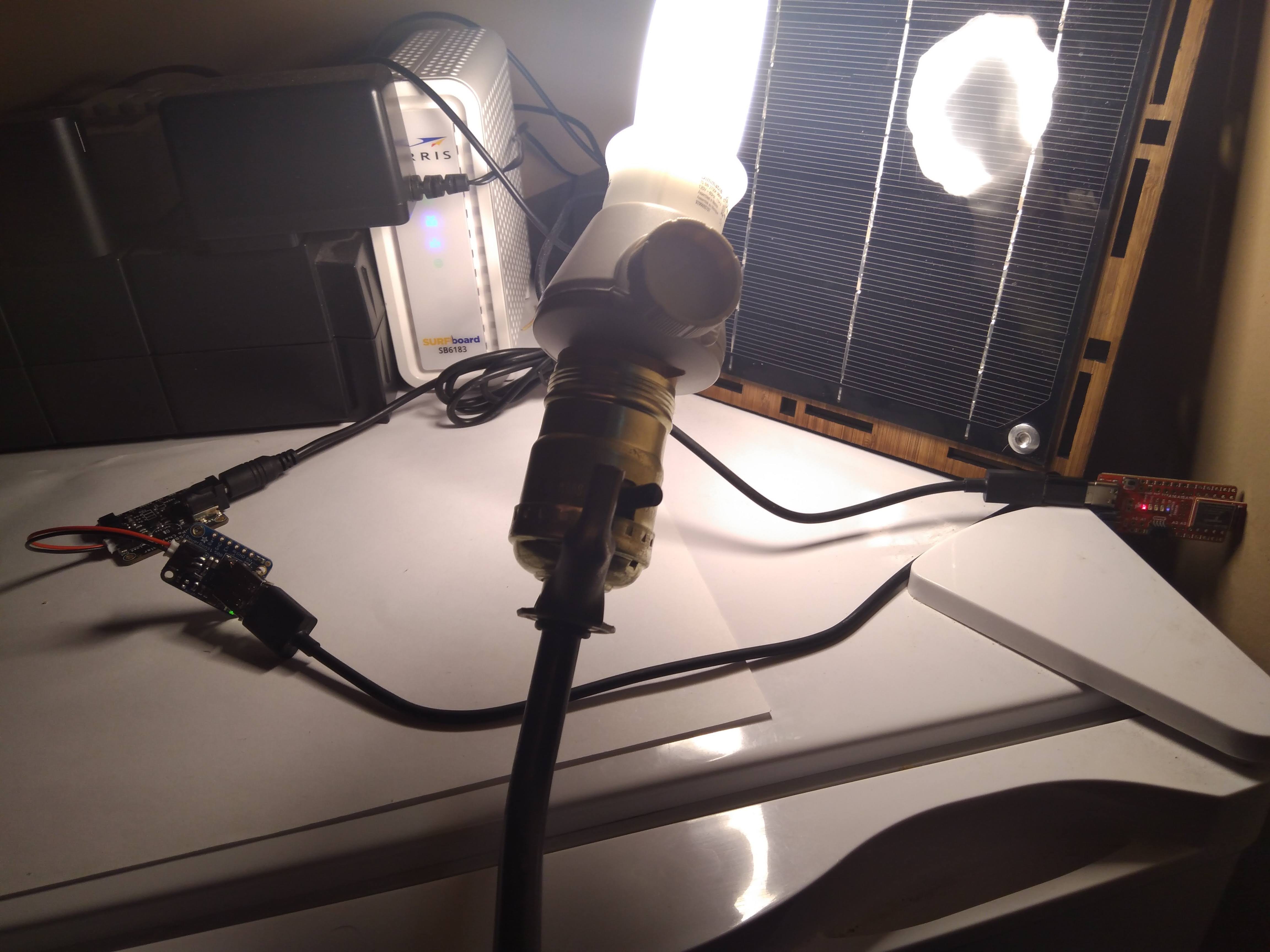


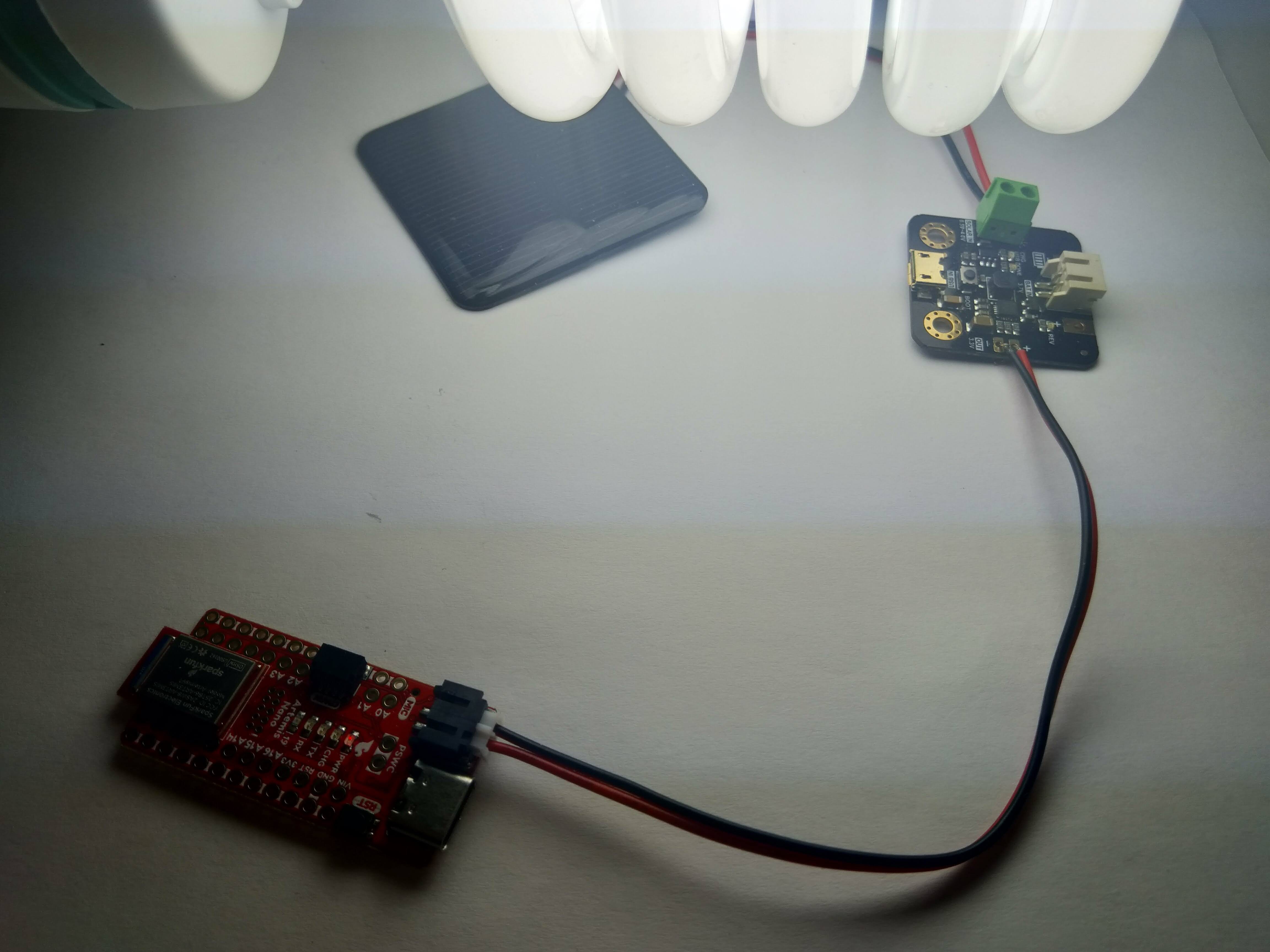

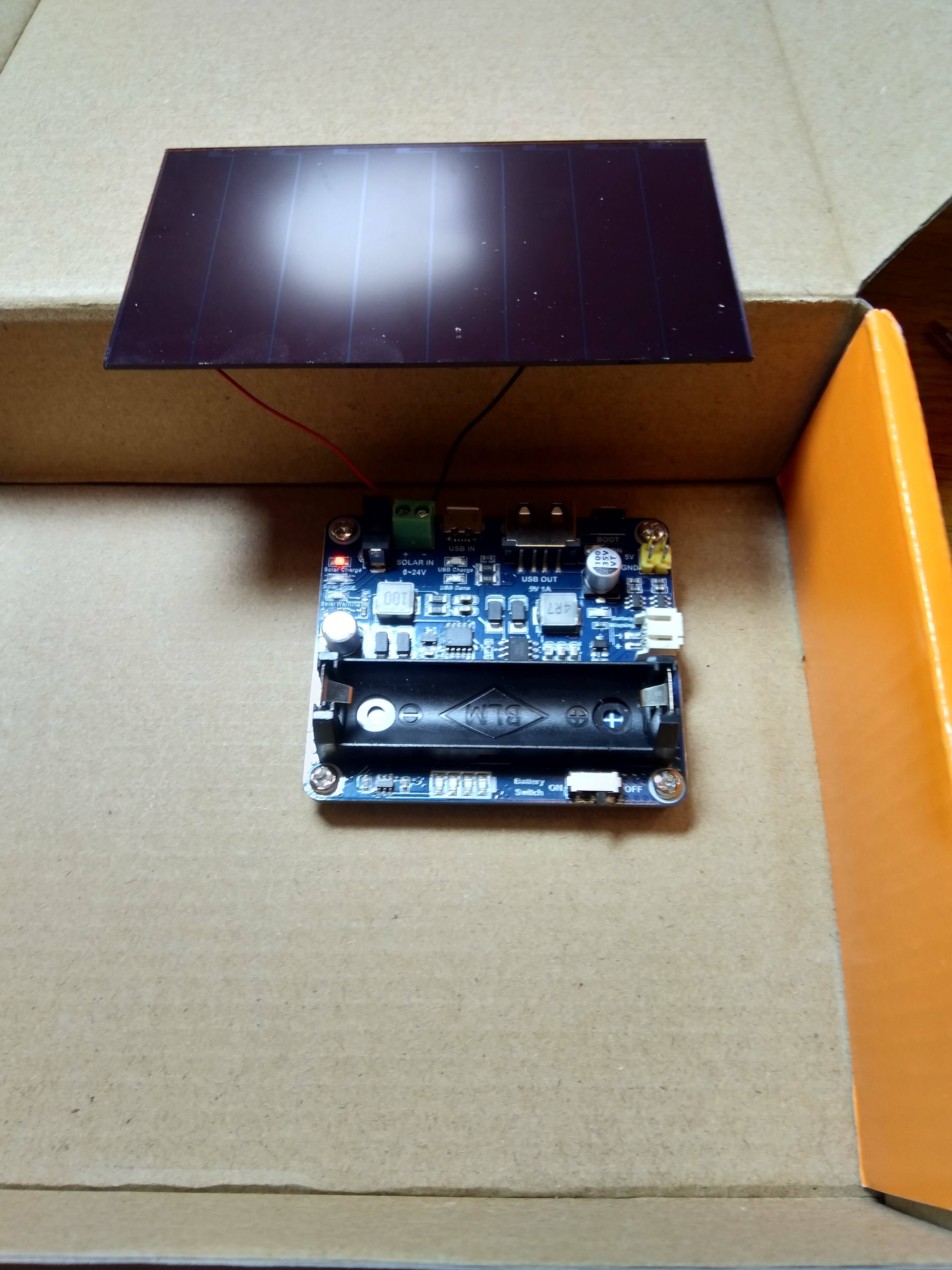

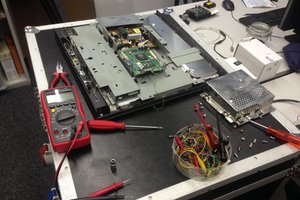
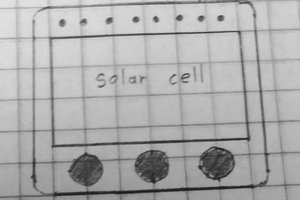

 shenning
shenning
 Jay Doscher
Jay Doscher